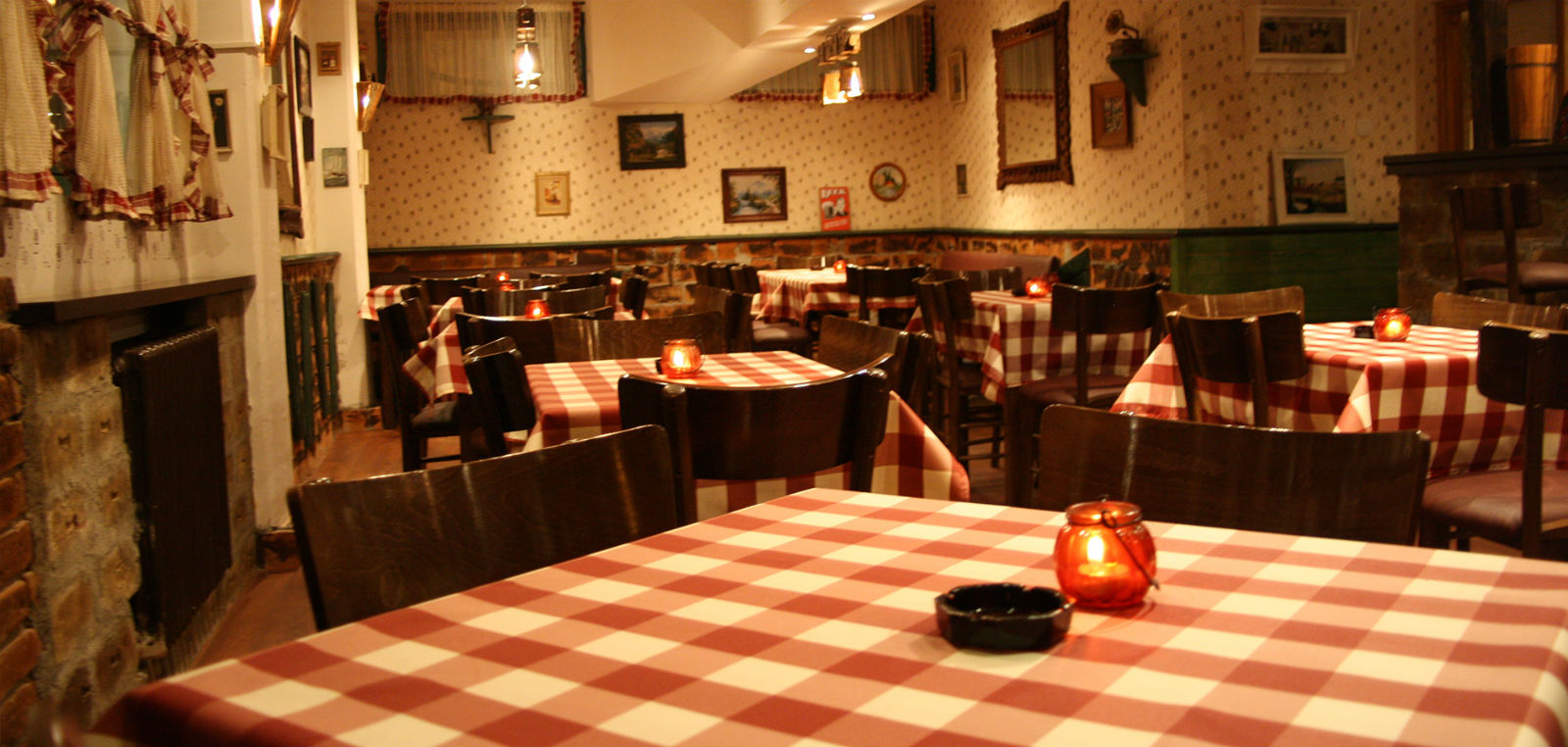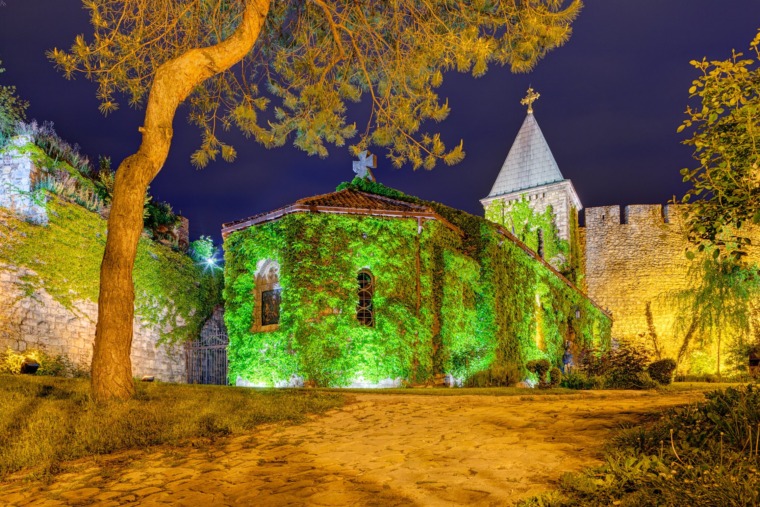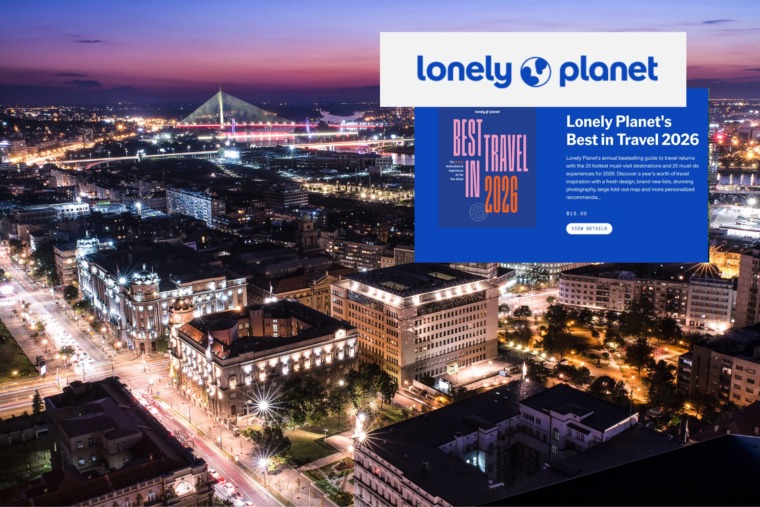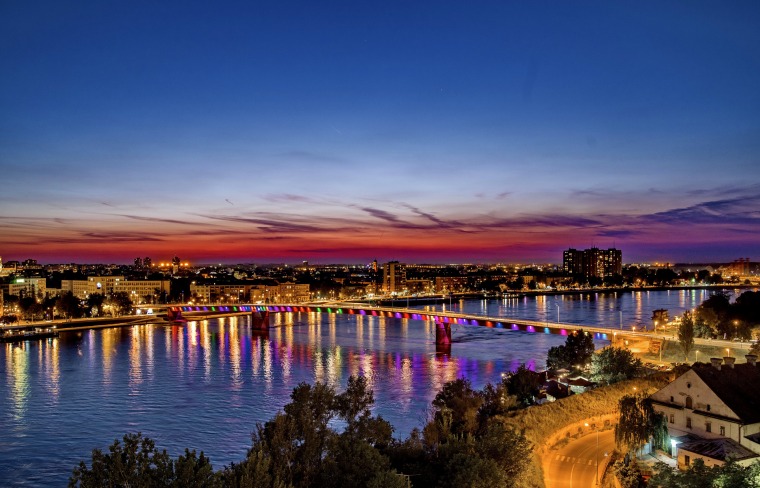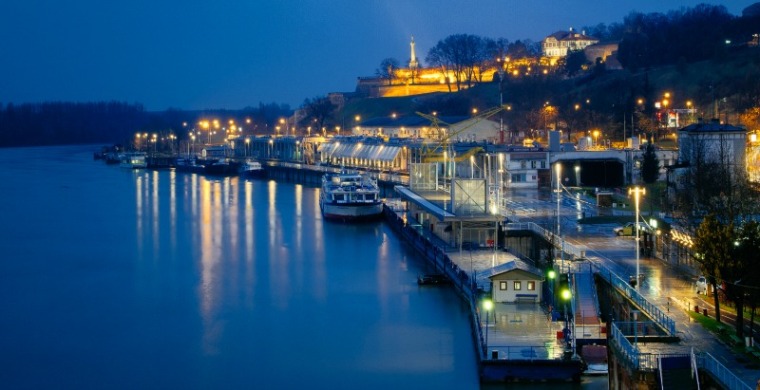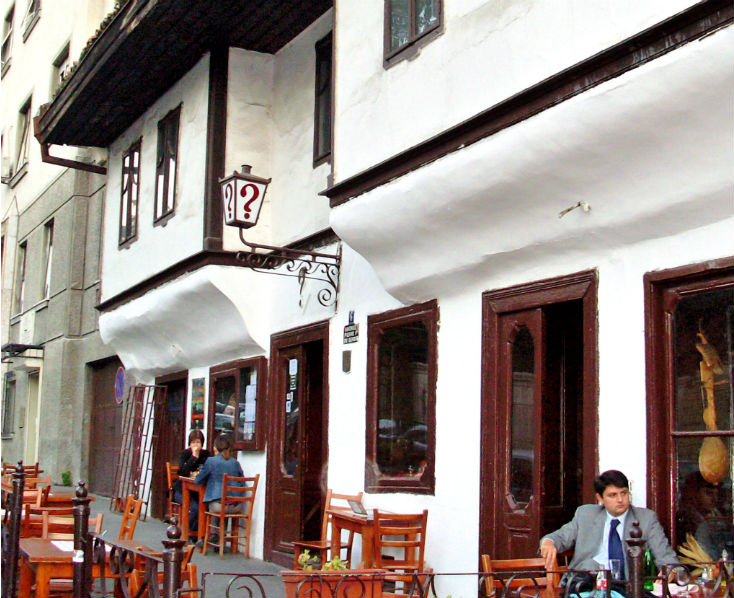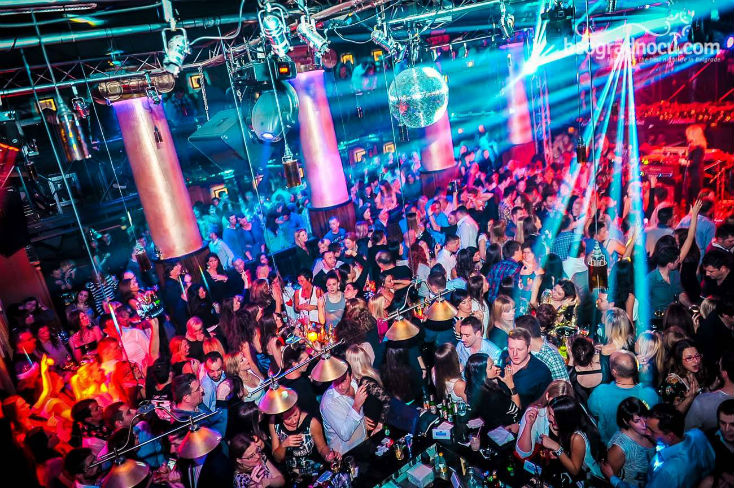The first “kafana” in Europe was opened over 400 years ago in Belgrade, where it has transformed from a simple coffee shop into the center of everyday life
The first “kafana” (a kind of traditional tavern nowadays) in Europe, according to the historical data, was opened in the 16th century in Belgrade, long before it happened in London, Paris and Vienna.
Back in 1522 the Turks have opened the first “kafana” in Belgrade’s Dorćol district, but it served only coffee at the time and was a kind of coffee shop. In Serbia the name “kafana” appeared two centuries later, in 1738, when Turks regained Belgrade, but in time it was transformed into a kind of tavern.
“Kafanas” became the center of cultural, economic, social and political life, a place of fun and pastime, vice and passion, machinations, plotting… They hosted the theater plays and concerts; the meetings of political parties and guilds, the meetings of the National Assembly took place in “kafanas”; journalists wrote their texts and poets wrote their poems here. Not much changed since then.
This particular spirit of Belgrade, the “kafana” cult, was described by the French writer Louis Gedeon in 1624, who said that “everything is excessive in that rich town”. Stunned tourists testify about that unique pleasure and exaggeration. Even if they are spending just few hours in Belgrade, they will let go to the pleasures of a “kafana”.
The first “kafanas” in Belgrade were created from small shops where coffee was baked and distributed around the town. Christians weren’t allowed to enter these places, and nothing but coffee, Turkish delight and tap water was served.
The first little “kafanas” where rakija (a kind of local brandy) was also being served besides coffee, were opened in Christian neighborhoods at Varoš-kapija (Town-gate) and Dorćol. They were named after the owners of the buildings or shop owners: Kolarac, Panđelova, Hadži-Maksimova, Šiškova, Petka baštovana…
Many years later, an urban legend of the “Bermuda triangle” was born. Not that mysterious place in the Atlantic ocean that swallows everything, but a location in Belgrade bordered by the three legendary “kafanas” in the city center – “Šumatovac”, “Pod lipom” (Under the linden) and “Grmeč”. The story has it that most of Serbian painters, writers, journalists and bohemians got “sunk” here, in Belgrade’s own “Bermuda triangle”.

Another story says that at the end of Kneza Miloša Street, near today’s “Mostar” loop, once stood a “kafana” named “Kod pocepanih gaća” (At the ripped underwear), and Draga Obrenović, the last queen from the Obrenović dynasty, expressed her revolt against the name. The owner, of course, changed the name of the “kafana” as soon as possible.
Probably the most famous “kafana”, itself a legend, was called “Dardaneli” (eng. The Dardanelles), situated at the Republic Square that used to be named “The Theatre Square”. That “kafana” was working until 1901 and was the favorite meeting point of bohemians, among which were great poets and novelists like Vojislav Ilić, Branislav Nušić, Antun Gustav Matoš, Stevan Sremac…
Kafanas are very popular in Serbia even today
However, despite the economic crisis and the appearance of numerous modern coffee shops, a “kafana” where guests sing, cry, fight, debate, eavesdrop and create, remains the central place visited by every visitor of Serbia. It is also our recommendation for all those who want to feel the spirit and soul of Serbia.

